What relation is there between these three topics that can open up an exploration of the work of the contemporary artists that we present in this section? How have they appeared in the narrative and conceptual structures of the feminine? How is the machine linked to the monstrous and, from there, to motherhood?
Since the 1920s a number of female artists have sought ways to construct their work on the basis of their vital experience, articulated from the perspective of the feminine. The result has been the appearance of a more flexible—and more fragile--creative subjectivity, as a result of their marginal position in relation to the professional canon, as well as because of the subject matter they refer to, particularly maternity and sexual desire. At times they have opted for a confessional, autobiographical tone, not only in relation to the female gender, but also in relation to the other, to that which is different, even within ourselves.
Literature and the arts have been pioneers in the exploration of fragmented identities, but above all it is performance that opened the door decisively in this respect, since it locates and explores fragmented identity in and from the artist’s body. Experimental film, photography and video provide us with testimonies of these initial explorations, of this coming and going from the inside to the outside, and from the outside to the inside.
In the context of the visual arts, in Mexico in the 1920s we find works in which origins, gender and the political situation become intermingled in personal narratives, as is the case in the work of Frida Kahlo, María Izquierdo and Nahui Olin.
In the 1960s the collective La Revuelta began to express its militancy through the presentation of street theater that addressed the issue of abortion, breaking with conventional modes of artistic representation and thrusting their radical discourse into public space.
In the 1980s Mónica Mayer y Maris Bustamante created various performances and drawings related to maternity, and Yani Pecanins constructed a detailed narrative of her youth through artist’s books and found objects. In this period novels by women that traced their family histories through three voices—grandmother, mother and daughter—began to be published. Chinese, Chicana, Italian and Mexican women presented versions of the recent history of their native countries from the vantage point of their private lives. Thus, maternity and its monstrosity, embodied by the previous generation, alluded to the constant tension between mothers and daughters: the dichotomy of being part of reproductive life and of pursuing one’s own identity.
Years earlier there were women writers who had explored Mexican history—which is also a search for identity—by tracing perspectives from provincial areas, infancy and maternity, in the midst of a social milieu rife with both physical and ideological violence. Elena Garro, Rosario Castellanos, Inés Arredondo and Nellie Campobello allow us to understand the importance of conceiving a formal and conceptual structure in which the transition between the exterior and the interior is an oblique and potent tension. In the 1960s a change took place, when a number of poets focused on the body as a site from which to explore that which does not yet have a name. For example, Gloria Gervitz in Migraciones, a lengthy, unique poem, explores her constant process of change and mutation and narrates her different identities, intermingling her own voice with those of others, including echoes of her mother and her grandmother. Pura López Colomé’s writing emerges from the overarching shadow of the death of her mother, experienced as the point of departure for her exile from her place of origin. And the poet María Baranda compares the monstrous to the beautiful in its capacity for seduction. For all these writers the figure of the mother serves as an echo, multiple and ever-changing. For them, there is no single “self” but rather various contradicting selves that seem to be related to the maternal figure that Kristeva defines as contingent.
More recently Carmen Mariscal and Lorena Wolffer, among others, have presented motherhood as a process of fracture into which society seems to propel us, propitiating dilemmas that always seem to create tensions in relation to family structures and our own autonomy. Considering the importance of reproduction both for the species and for our cultural representation, it is logical that women’s body is a focus of contemporary medical research and studies of reproductive techniques. To be a mother, to form a family and to construct collectivity are some of the subjects that enter into the discourse that links woman-mother-nature and perhaps it is here that the image of the machine-doll that links us to perfect beauty enters into play. We cannot stop thinking about the power that a certain type of beauty has in our society, and which is linked to personal empowerment. And this brings us back to the myth of Aphrodite (that is, of female sexuality): Aphrodite must lie in order to conquer the other that she seduces.
It is interesting to contemplate the power that technology has given us, and that enables us to imagine both utopian and infernal societies. If we analyze the work of Silvia Gruner or Lucero González, we can see that the camera is an external eye that serves us as a mirror, and that allows us to perceive the tensions between myth and modernity.
The list of artists mentioned here is long, and the connections they suggest are powerful. Here we also show the work of a group of younger artists who have returned to these themes: Tania, Alejandra, Bricia, Carolina and Yarret.
As Borges said, the subjects for art are not too many, but each generation narrates them differently.

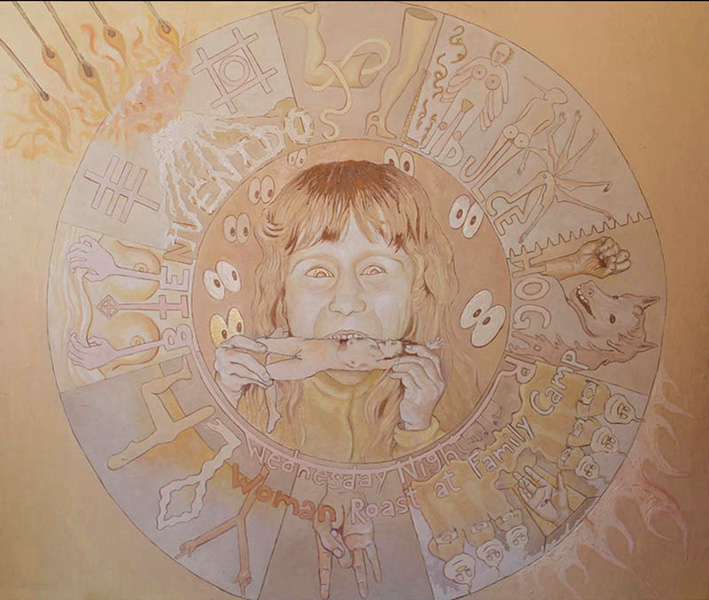
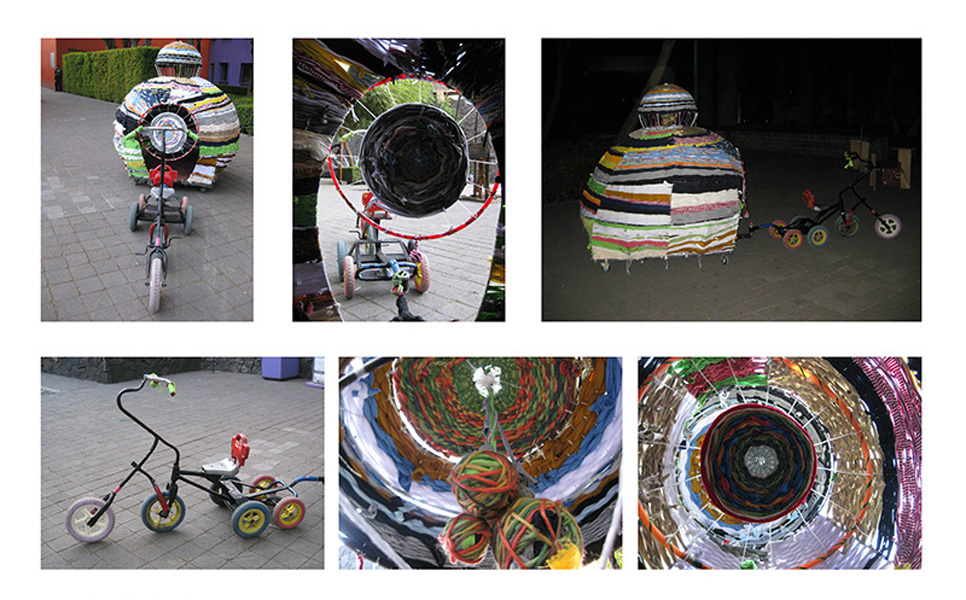
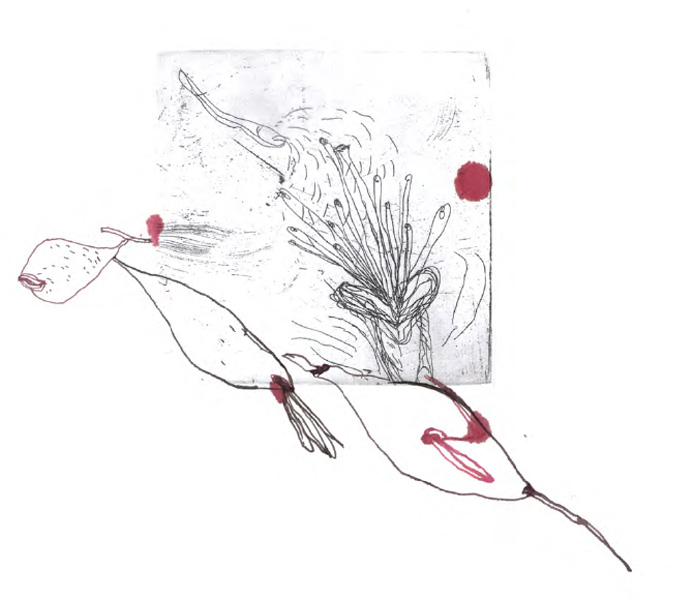
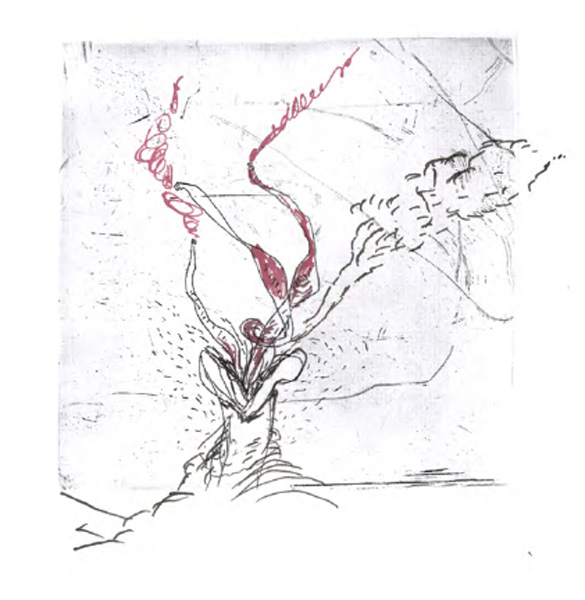
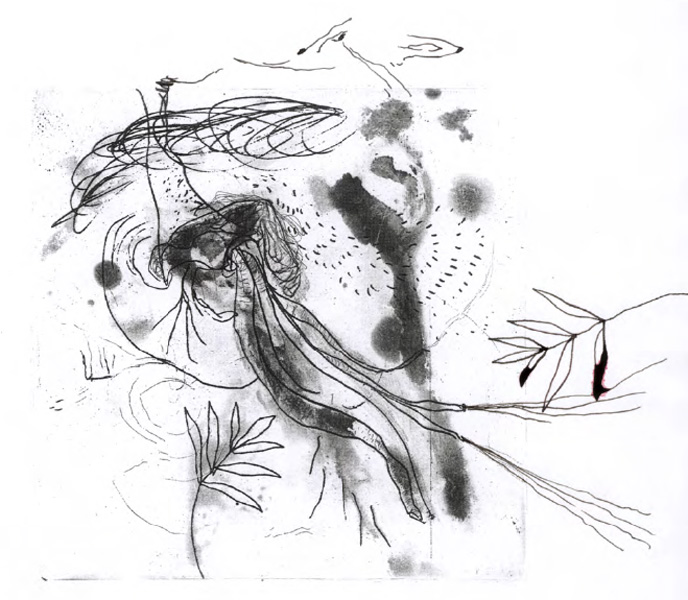
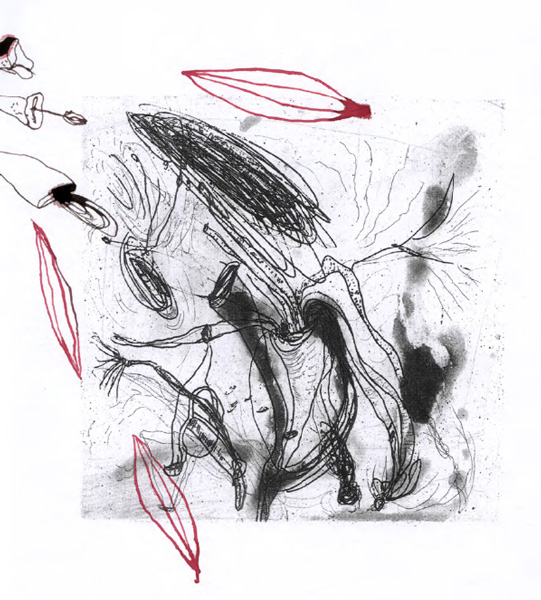
Ella sabe, de la serie Alien, 2002.
Magali Lara
Libro único y reproducción digital.
Tinta sobre fotocopia. / Impresión digital
28 cm x 22 cm x 0.4 cm c/u
40 páginas
Descargar aquí
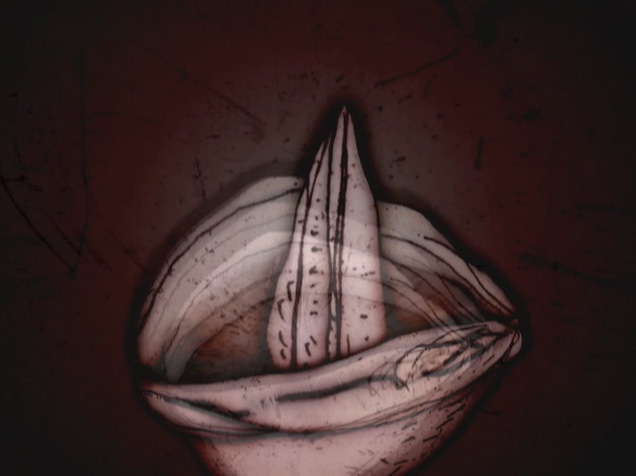

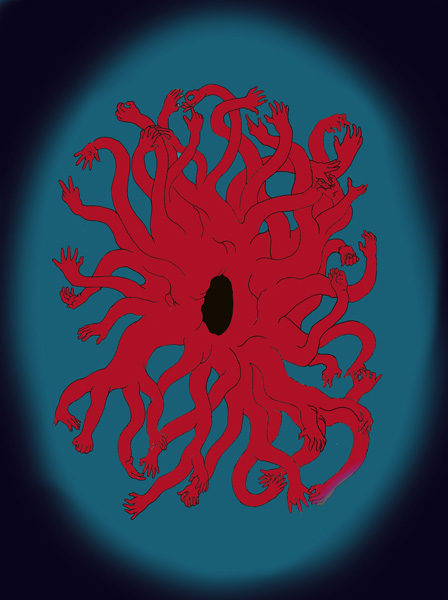
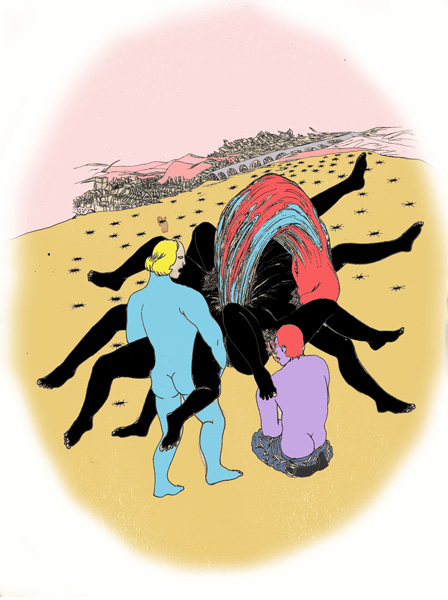
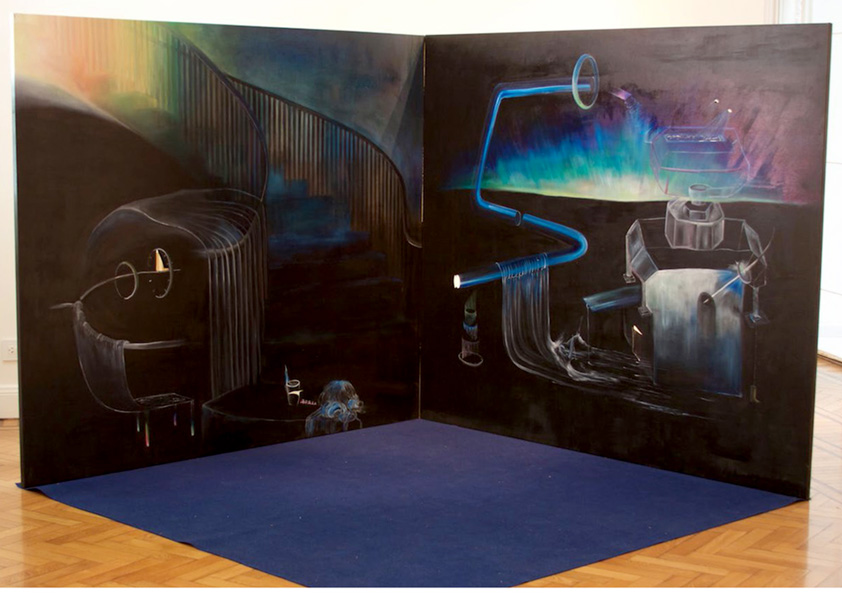
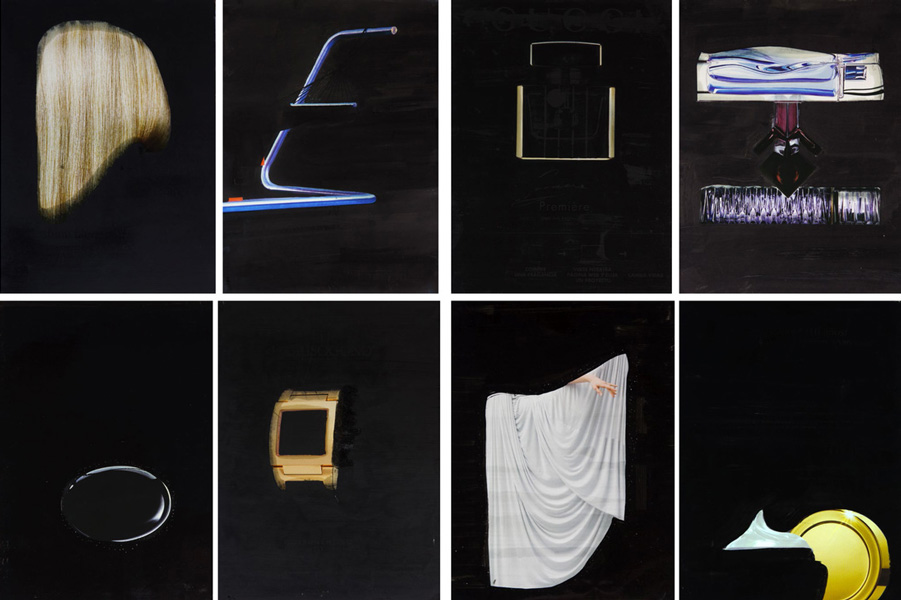
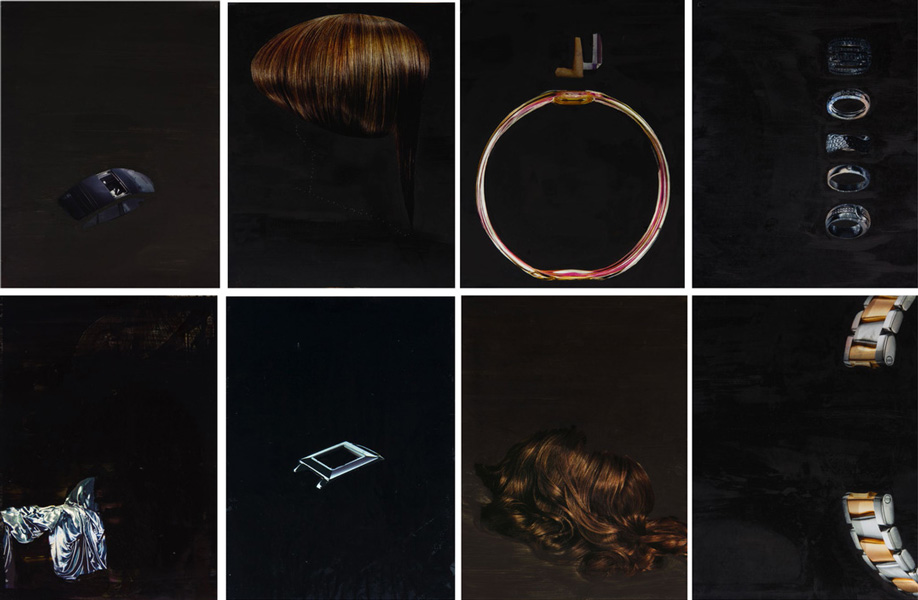
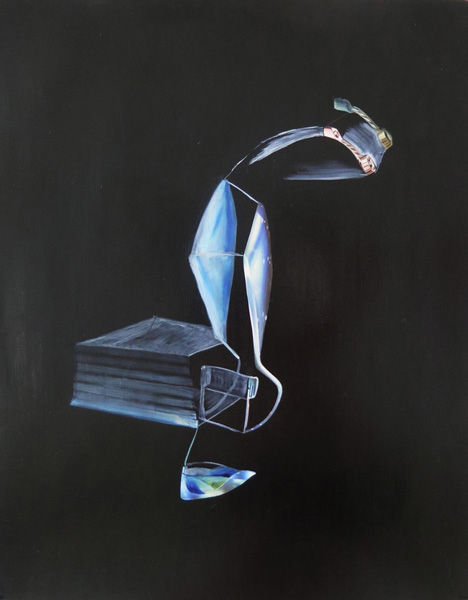

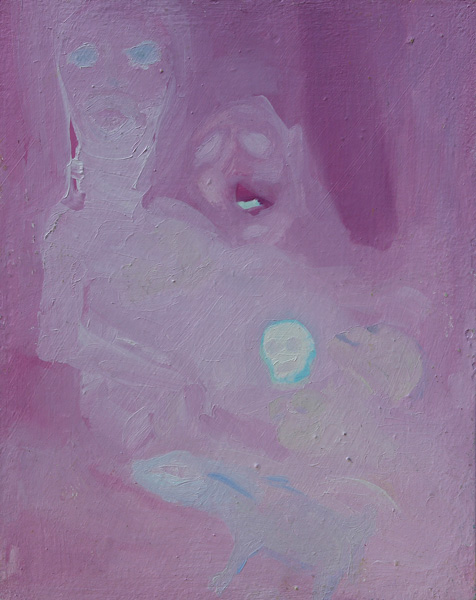
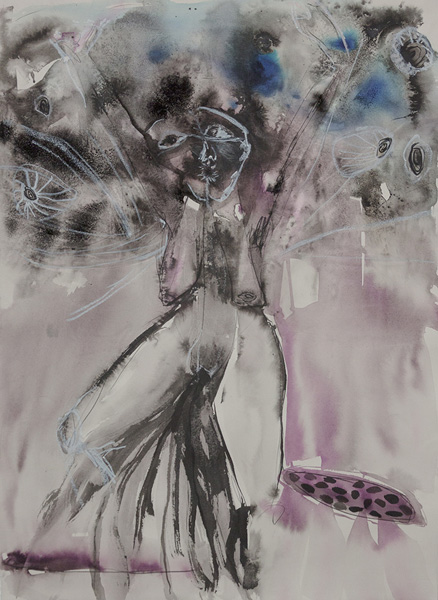

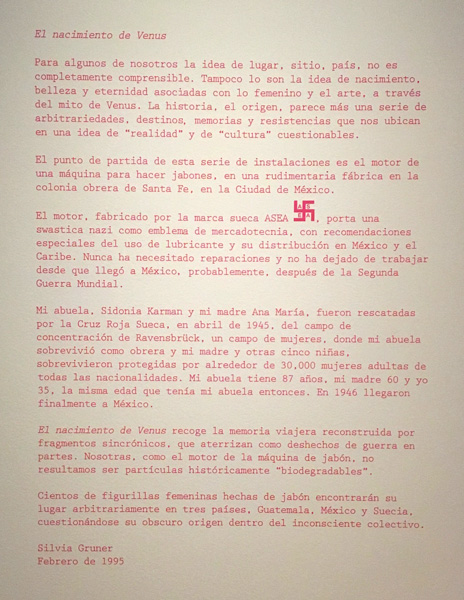
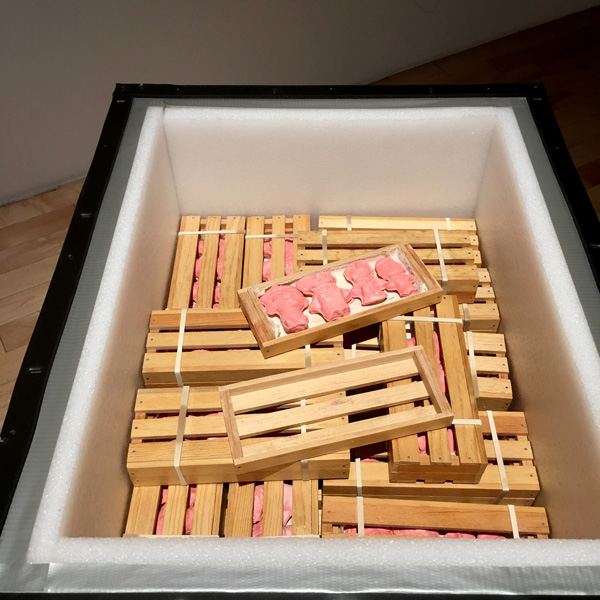
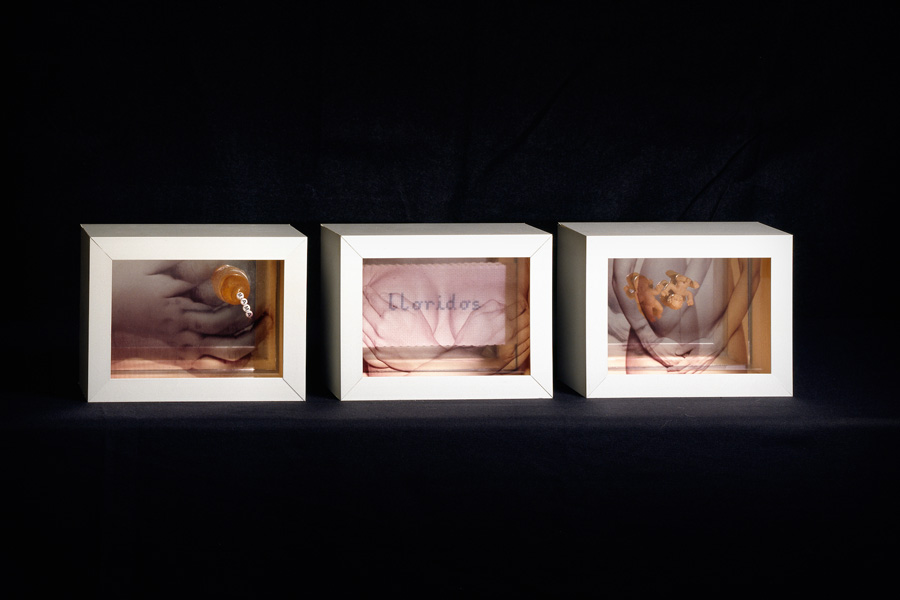
Mama Técnica mixta : madera, espejo, vidrio, fotografía en Dura Clear, chupón de biberón y letras en cuentas (de pulsera de hospital)
14.5 x 19.5 x 8 cm
2003
Lloridos
Técnica mixta : madera, espejo, vidrio, fotografía en Dura Clear y tela bordada
14.5 x 19.5 x 8 cm
2003
Mellizos
Técnica mixta : madera, espejo, vidrio, fotografía en Dura Clear y muñecos
14.5 x 19.5 x 8 cm
2003
Carmen Mariscal
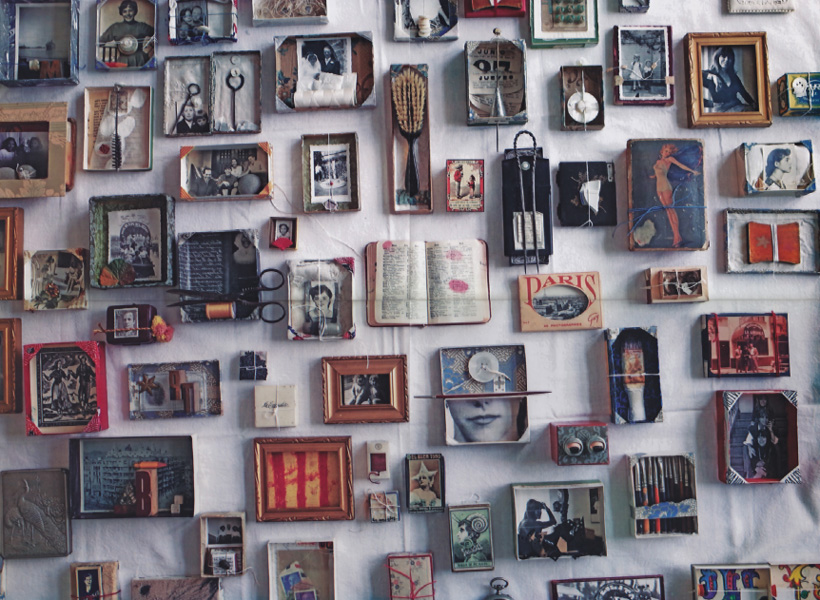
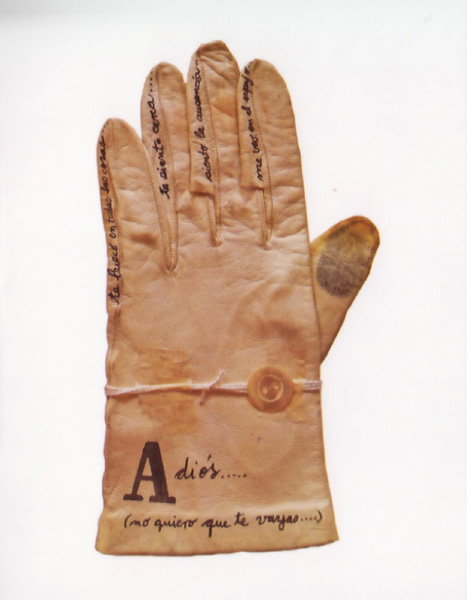
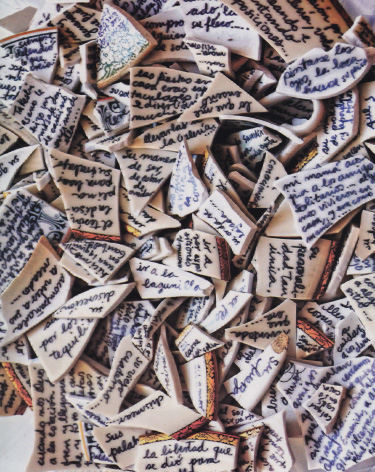
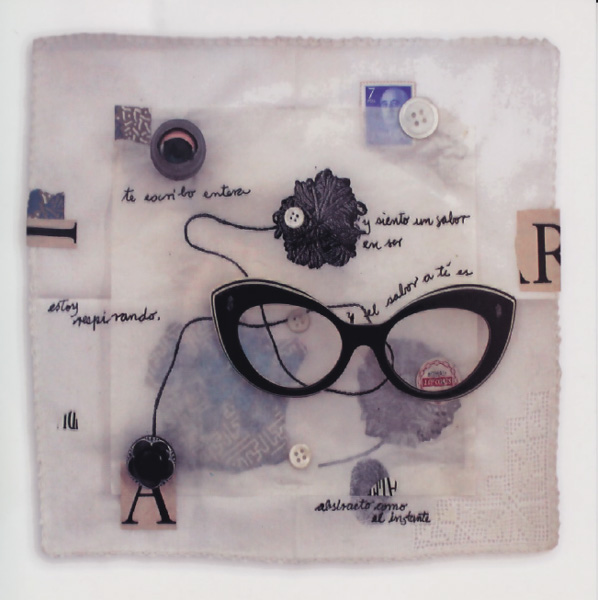
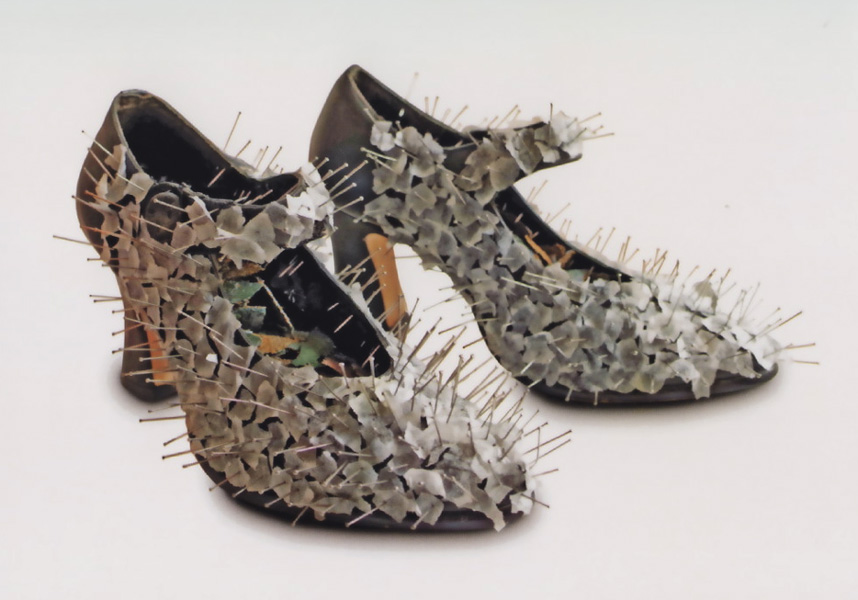
Yani Pecanins
Arte objeto / Collage / Libro de artista
2013
Descargar aquí
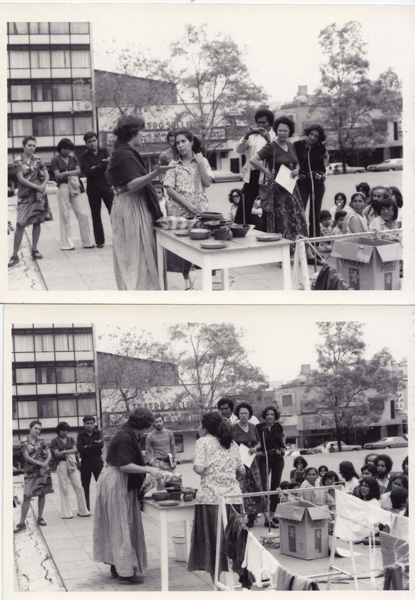
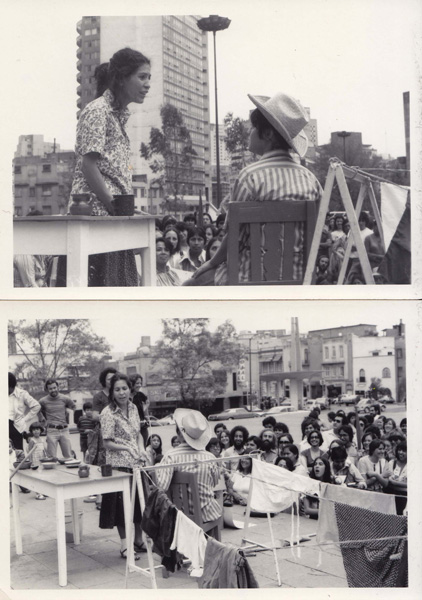
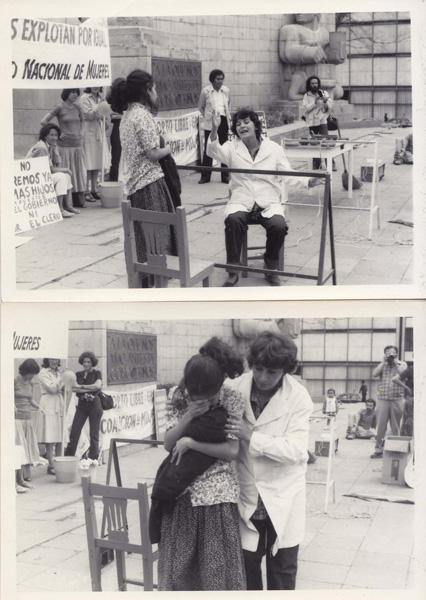

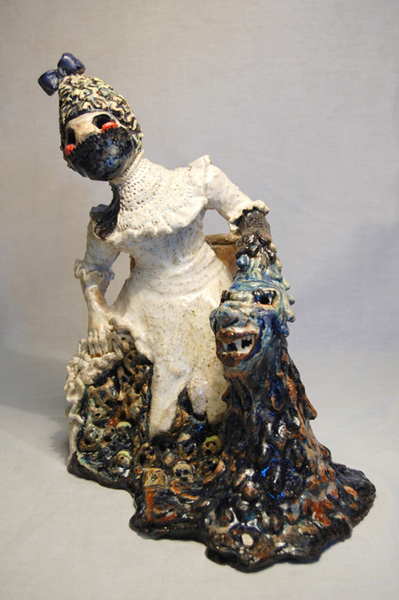
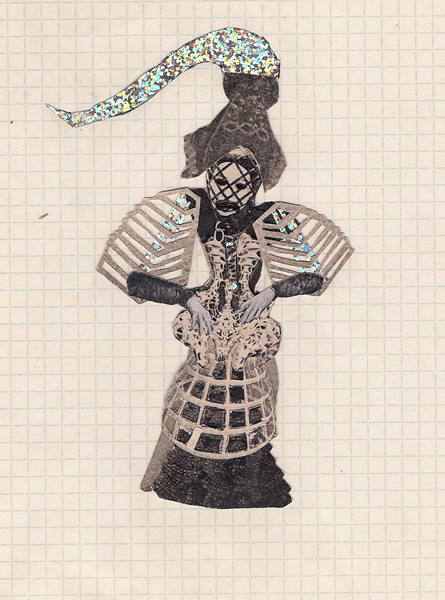
LECTURAS
1. Nelson, M. (2015). The argonauts. Graywolf Press.
2. Gervitz Gloria, MIGRACIONES,Tucán de Virginia, 1996 México,D.F.
3. Gervitz Gloria,PYTHIA,Mario del Valle Editor,1993
4. Baranda María, EL MAR INSUFICIENTE,UNAM, 2010
5. López Colomé Pura,INTEMPERIE,Ediciones sin nombre,San Luis Potosí, 1997
6. López Colomé Pura,UN CRISTAL EN OTRO,Ediciones Toledo, Oaxaca,1990




































